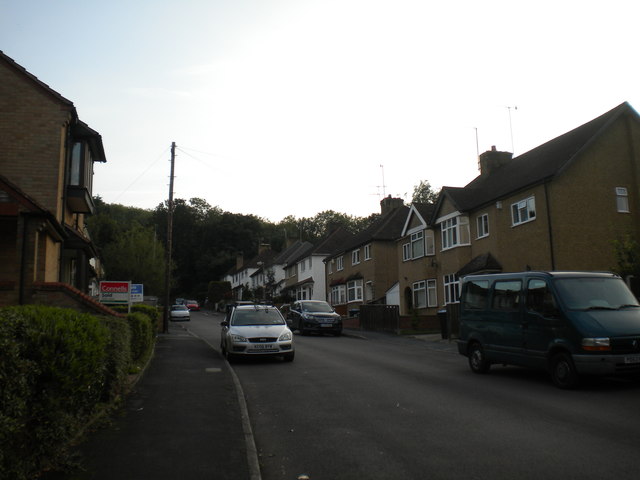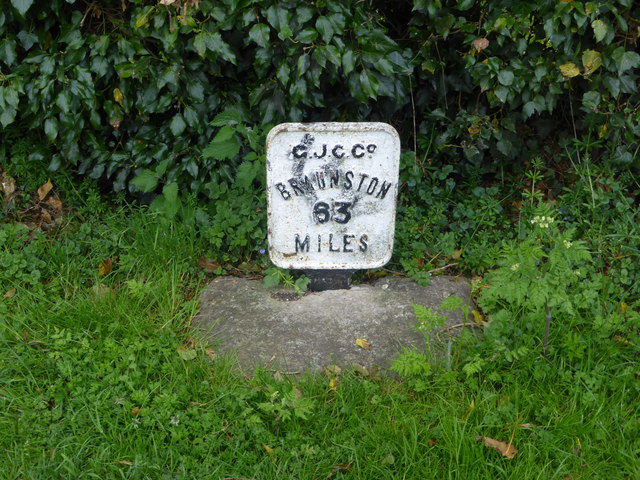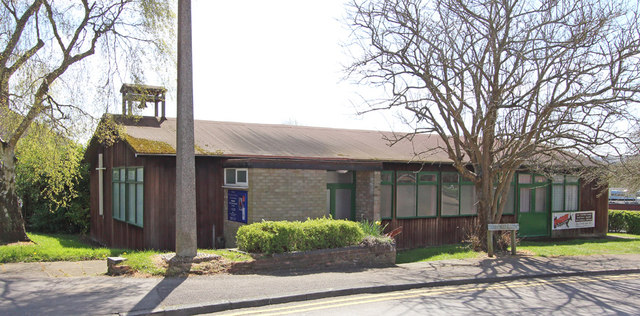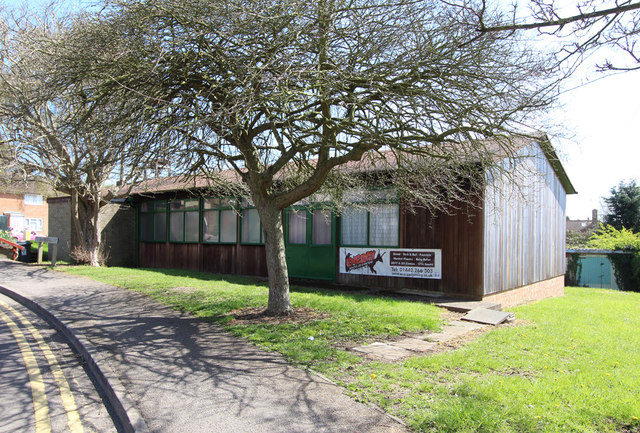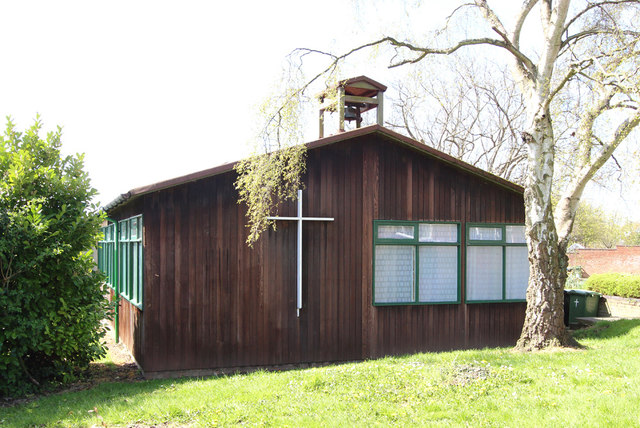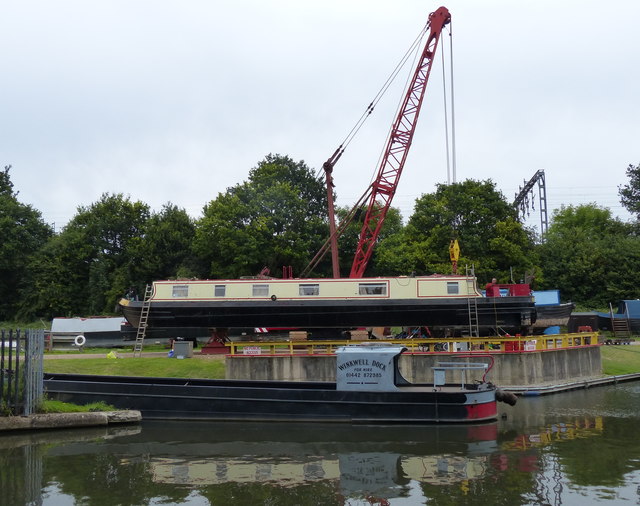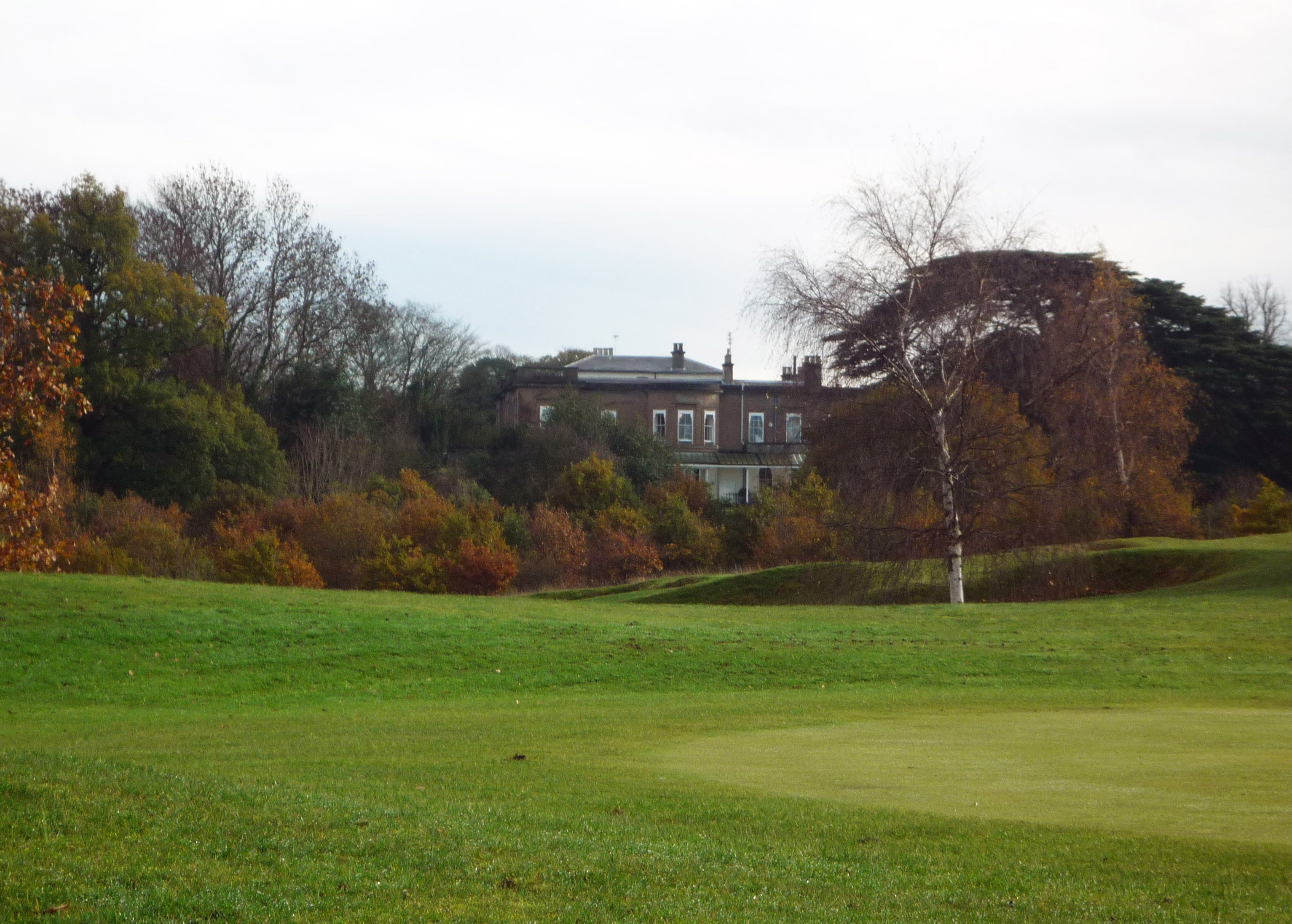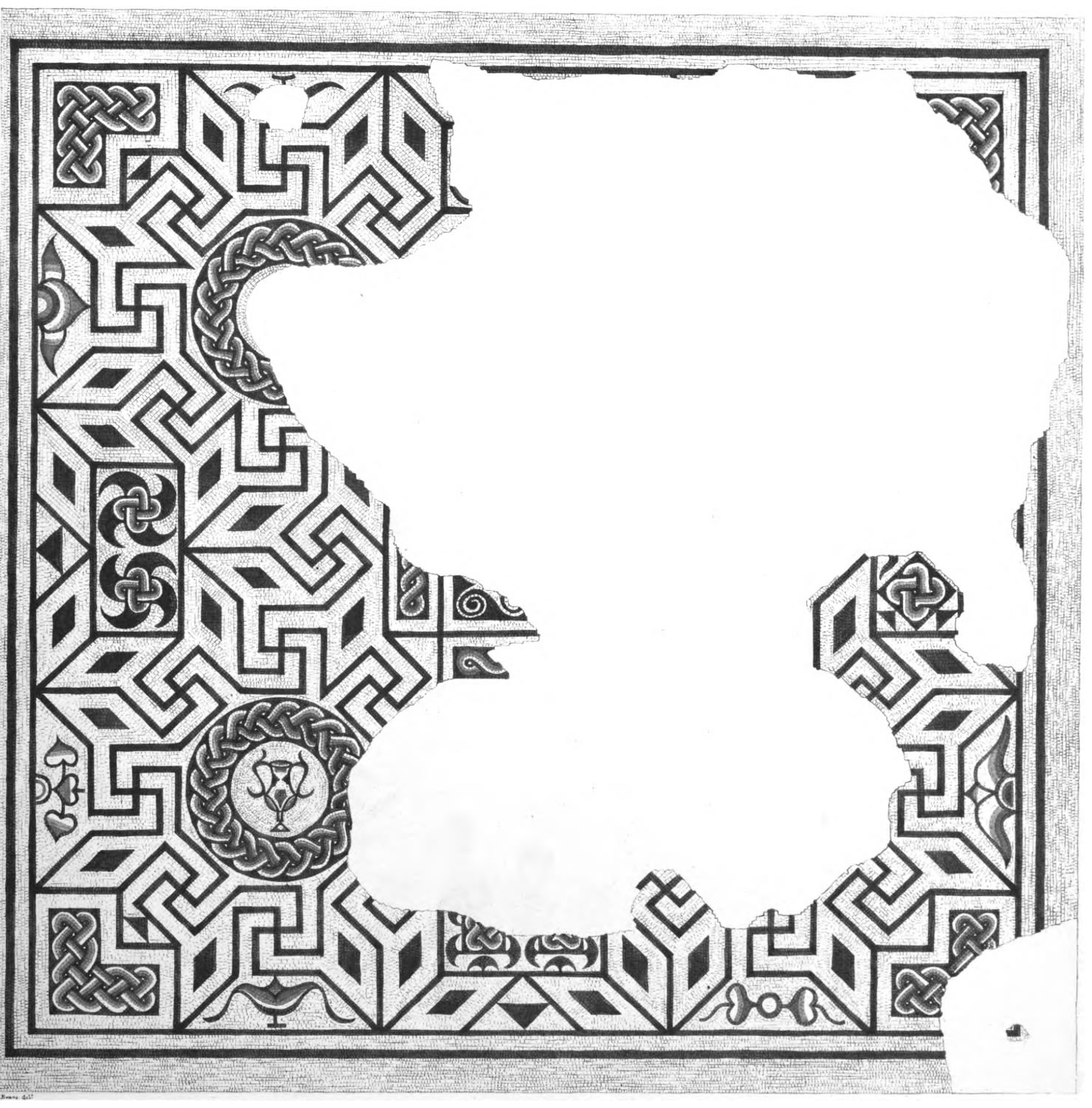Bury Wood
Wood, Forest in Hertfordshire Dacorum
England
Bury Wood
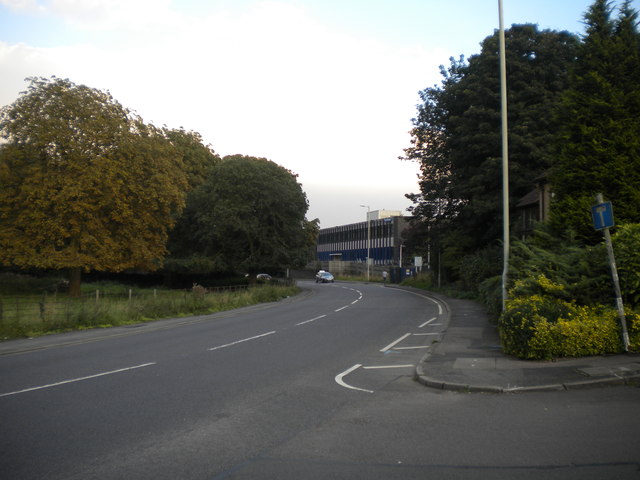
Bury Wood is a picturesque woodland located in Hertfordshire, England. Covering an area of approximately 100 acres, it is a popular destination for nature lovers and outdoor enthusiasts. The wood is located near the village of Bury Green, within close proximity to the town of Cheshunt.
Bury Wood is primarily composed of deciduous trees, including oak, beech, and birch, which create a beautiful canopy during the spring and summer months. The wood is known for its tranquil atmosphere and diverse wildlife, making it an ideal spot for birdwatching and nature photography.
The wood offers a network of well-maintained footpaths and trails, allowing visitors to explore its natural beauty on foot. There are also designated picnic areas, providing a perfect setting for a leisurely outdoor lunch or gathering.
Throughout the year, Bury Wood hosts various events and activities, including guided nature walks, family-friendly workshops, and educational programs. These initiatives aim to promote environmental awareness and encourage visitors to learn more about the local flora and fauna.
Bury Wood is managed by the local council, which ensures the preservation of its natural habitat and promotes sustainable practices. The wood is easily accessible by car, with ample parking available nearby. It is also well-connected by public transport, with bus routes passing close by.
Overall, Bury Wood offers a peaceful retreat from the hustle and bustle of daily life, providing a serene environment for relaxation and exploration.
If you have any feedback on the listing, please let us know in the comments section below.
Bury Wood Images
Images are sourced within 2km of 51.732912/-0.50655354 or Grid Reference TL0304. Thanks to Geograph Open Source API. All images are credited.
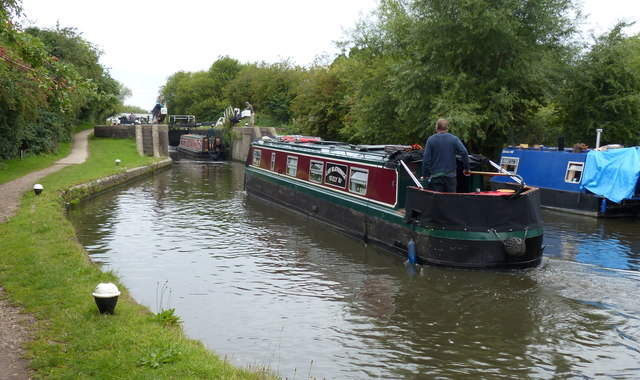



Bury Wood is located at Grid Ref: TL0304 (Lat: 51.732912, Lng: -0.50655354)
Administrative County: Hertfordshire
District: Dacorum
Police Authority: Hertfordshire
What 3 Words
///fence.camp.lakes. Near Bovingdon, Hertfordshire
Nearby Locations
Related Wikis
Westbrook Hay
Westbrook Hay School is a culturally significant great house located in Hemel Hempstead, Hertfordshire, England, that has housed the independent Westbrook...
Boxmoor Roman Villa
Boxmoor Roman Villa is a ruined Roman Villa at Boxmoor, Hemel Hempstead, Hertfordshire. The remains have been excavated, but they are now buried. The Roman...
Westbrook Hay Hill Climb
The Westbrook Hay Hill Climb was an annual motorsports event near Hemel Hempstead in England, where drivers competed on an uphill course. The Herts County...
Box Moor Trust
The Box Moor Trust is a charitable trust responsible for the management of nearly 500 acres of land within the parishes of Hemel Hempstead and Bovingdon...
Nearby Amenities
Located within 500m of 51.732912,-0.50655354Have you been to Bury Wood?
Leave your review of Bury Wood below (or comments, questions and feedback).
